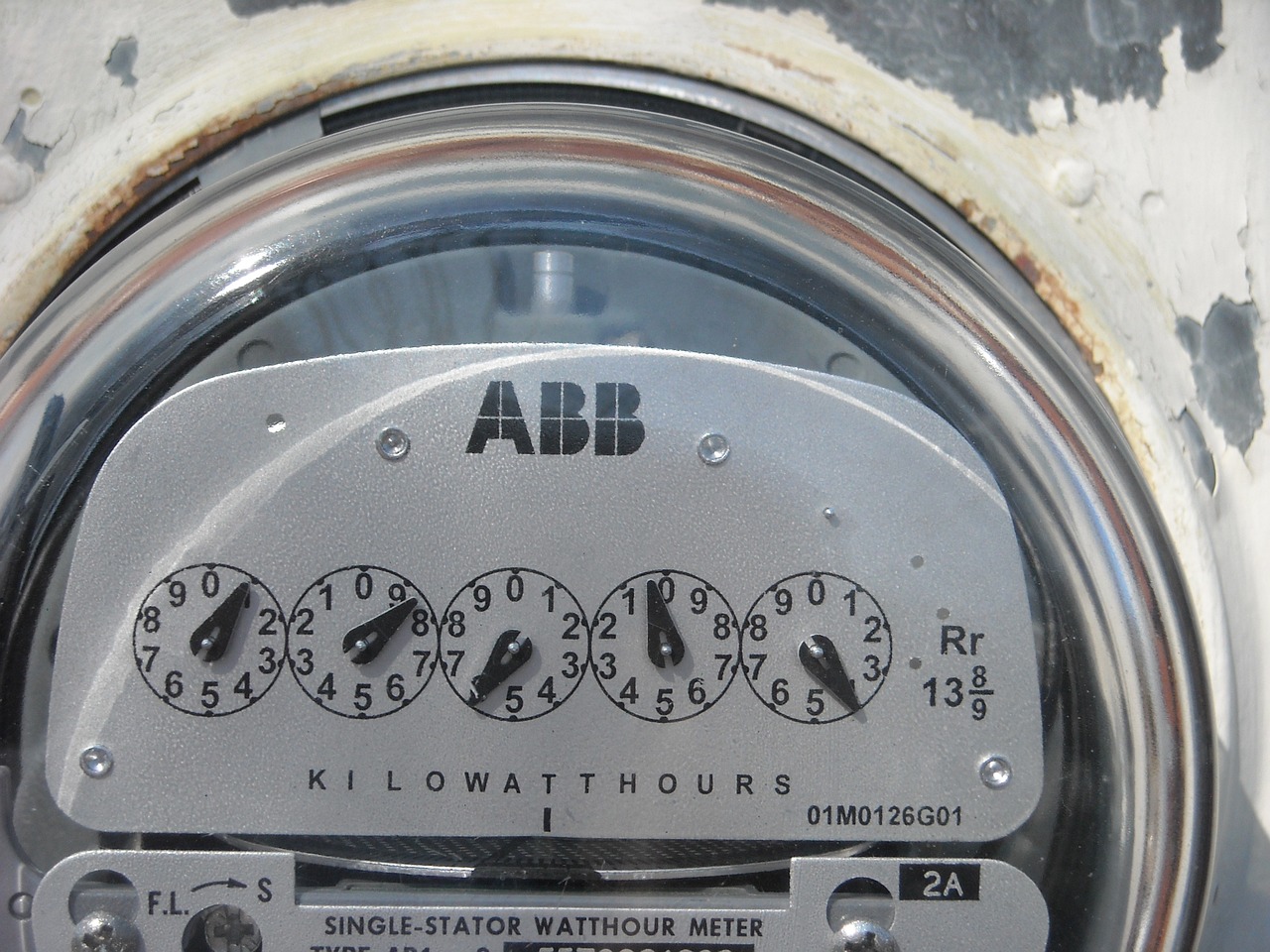Water Resource Monitoring: A Comprehensive Guide to Key Concepts and Terminology
Water Resource Monitoring is an essential process for ensuring the sustainability of water resources. It involves collecting and analyzing data to understand the quality, quantity, and use of water in different regions. In this comprehensive guide, we will introduce key concepts and terminology related to Water Resource Monitoring.Firstly, it's important to understand the different types of Water Resources such as surface water, groundwater, and stormwater. Each type has unique characteristics and requires specific monitoring techniques. Secondly, we need to know about the various sensors and instruments that are used for Water Resource Monitoring. These include pH meters, dissolved oxygen meters, and water flow meters. Thirdly, we will discuss the different methods of data collection, including remote sensing and field sampling. Finally, we will look at how data is analyzed and interpreted to make informed decisions about water management.By understanding these concepts and terminology, you can become a proficient Water Resource Monitor and contribute to the sustainable management of our precious water resources.
Introduction

Water is a precious resource that sustains life on Earth, and its conservation and management are crucial for the well-being of human societies. Water resources monitoring plays a vital role in ensuring the efficient and effective use of water, protecting against pollution, and mitigating the impacts of climate change. In this article, we will discuss the key concepts and terminology related to water resource monitoring, including water quality, water flow, water levels, and more. By understanding these fundamental concepts, you can better appreciate the importance of water resource monitoring and contribute to the protection of our shared water resources.
1、Water Quality
Water quality refers to the characteristics of water that affect its suitability for various uses, such as drinking, industrial processing, or irrigation. The main factors that determine water quality are chemical composition, physical properties, and microbiological contamination. Some of the most common contaminants in water include bacteria, viruses, nutrients, heavy metals, and pesticides. To measure water quality, scientists use a range of techniques, including colorimetry, spectrophotometry, and fluorescence analysis. These methods allow them to identify specific pollutants and assess their levels in water.
2、Water Flow
Water flow refers to the movement of water through a system, such as a river, lake, or reservoir. Water flow is influenced by many factors, including topography, temperature, and precipitation. It plays a critical role in shaping the shape and size of rivers and lakes, as well as determining the amount of water available for various uses. To monitor water flow, scientists use a variety of instruments, including hydometers, flow meters, and satellite imagery. These tools enable them to track changes in water flow over time and identify potential sources of pollution or other issues.
3、Water Levels
Water levels refer to the height of water above sea level (HSL) or the surface of any body of water. Water levels are affected by several factors, including changes in rainfall or snowmelt, the volume of water flowing into or out of a river or lake, and the effects of gravity. Monitoring water levels is important for assessing the health of aquatic ecosystems, predicting floods or droughts, and ensuring that dams and other infrastructure functions properly. To measure water levels, scientists use a variety of methods, including radar imaging, sonar surveys, and GPS technology. These techniques allow them to accurately determine the current position of water surfaces and detect changes in level over time.
4、Water Storage

Water storage refers to the process of capturing and holding excess water in a reservoir or other storage facility. This is often done to regulate water flow during periods of high demand or to protect against flooding during periods of low demand. There are several types of water storage systems, including reservoirs, canals, and underground aquifers. Each system has its own unique advantages and disadvantages, and the choice of storage system depends on factors such as local geography and population density. Monitoring water storage systems is essential for ensuring that they are operating effectively and efficiently, and for detecting any potential problems or leaks.
5、Water Use
Water use refers to the various ways in which people and industries consume water for domestic, agricultural, industrial, and commercial purposes. Different regions have different patterns of water use, depending on factors such as climate, population density, and economic activities. Understanding water use patterns is important for managing freshwater resources more effectively and for identifying areas where conservation measures may be necessary. To monitor water use, scientists use a range of techniques, including metering systems at households and businesses, tracking data from irrigation systems in agriculture, and analyzing economic data to assess the impact of water use on industry sectors.
6、Water Cycle
The water cycle refers to the continuous process by which water moves between the earth's surface (evaporation), atmosphere (clouds), oceans (precipitation), lakes (groundwater recharge), rivers (discharge), and finally back into the surface through evaporation again. The water cycle is driven by natural processes such as solar radiation and atmospheric pressure gradients, and it plays a critical role in regulating global temperatures and supporting life on Earth. Monitoring the water cycle is important for understanding how humans are affecting this process and for developing strategies to mitigate any negative impacts. Techniques for monitoring the water cycle include remote sensing technologies such as satellite imagery and ground-based observations using sensors like thermometers and moisture meters.
Conclusion
Water resource monitoring is an essential part of ensuring the sustainable management of our freshwater resources. By understanding key concepts such as water quality, water flow, water levels
Articles related to the knowledge points of this article:
Title: The Role of Hydrological Monitoring in Flood Prevention
Hydrological Monitoring: Key Challenges and Solutions
Title: Understanding the Location of Network Cards in Hydrological Monitoring Equipment